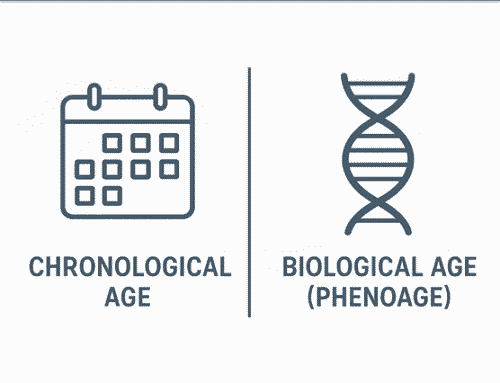Ice vs Heat, Which Is Right For You?
Even after many years of providing care and providing counsel in matters of self care we find one of the enduring points of confusion remains use and appropriateness of heat vs ice. These are two reasonably conservative interventions with long histories of use and effectiveness, as well as lack thereof. Two modalities used and misused by well meaning people for centuries, let’s look at what we might expect from each. ice vs heat
What To Expect From Heat Therapy
Heat therapy- Many modalities, such as ultrasound and others as well as good old fashioned heat pads are actually heat modalities and they can have some desirable effects. Heat has been shown to promote local vasodilation and accelerate some metabolic processes and has also been demonstrated to have a relaxing effect on musculature, all of these can have a place in the care of a given situation. An important caveat is to distinguish between hypertonic muscle, spastic muscle and trigger point. The latter two are not always helped with heat and my experience has been that some trigger point presentations can be provoked with the application of heat.
Using Ice Therapy Effectively
Ice, or more correctly, cryotherapy, can have a variety of effects depending on the application. The classic use is to inhibit inflammation and to promote analgesia, both of which are the effects of traditional cryotherapy employment. Cryotherapy has other realms of effectiveness, however, among which is the possibility of effecting a focus of vasodilation with discriminant application. Attention has been given to many applications of cold to include partial and whole body exposure; athletes have long used immersion in ice water tanks but, as happens so much in the field, attributing specific effects to these processes is difficult yet necessary in order to be able to employ them clinically. We have had much success with cases which were unresponsive to many other treatment types by using cryotherapy in a focused and deliberate method.
A common presentation is for a condition to respond well to being adjusted, but that response does not last. The difference between getting adjusted and staying adjusted is addressing disorder in the tissues around the bones and joints- heat and cryotherapy have both been useful in this effort.
Deciding Which Option Is Right For You
Much more could be said of each of these categories of intervention, but more enlightening to our consideration is the recognition of the importance of accurate diagnosis in order to be able to meaningfully employ an intervention, be it ice, heat, mobilization, immobilization; really any effort at care becomes just stumbling in the dark without some concept of the purpose of the ministration. This is where the real confusion lay many times, in my experience, as different injured states of either muscle, tendon, ligament or other connective tissue, either acute or chronic might respond favorably or unfavorably to any of the aforementioned treatments.
Lastly, and importantly, one must be mindful of possible harms from any of these things when self employed. Ice and heat are capable of damaging skin and other tissue, sometimes severely. Careful application of these things can help avoid a trip to the doctor but conditions which are unresponsive to reasonable, safe efforts at self care should be seen by a professional.
Written by: Dr. Donaid Seals
Dr. Seals is a practicing Doctor of Chiropractic with over 25 years of experience caring for people across three states. His thinking is the product of his education, practice experience and many years in the natural foods and fitness industry. He has become living proof that old muscleheads don’t die-or fade away; sometimes they grow up to bring real-world expertise to the clinical picture. Traditional background information is available here.



Great content! Keep up the good work!